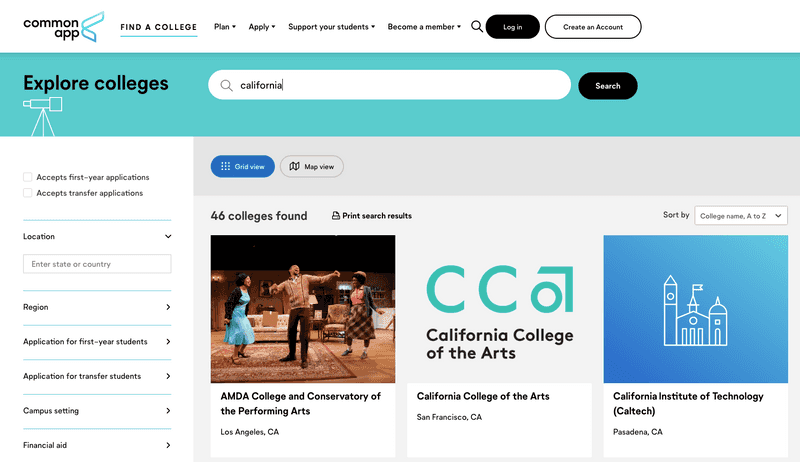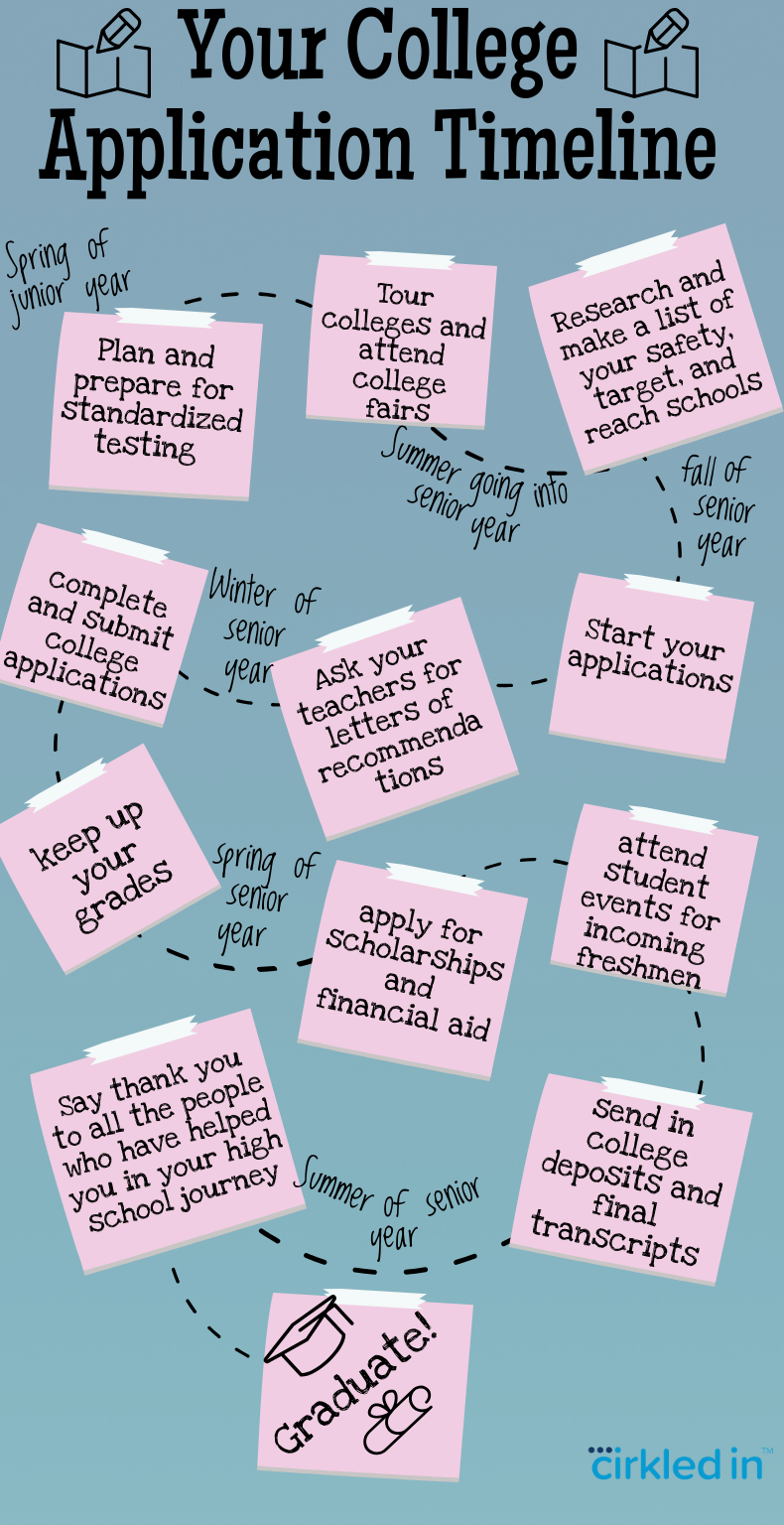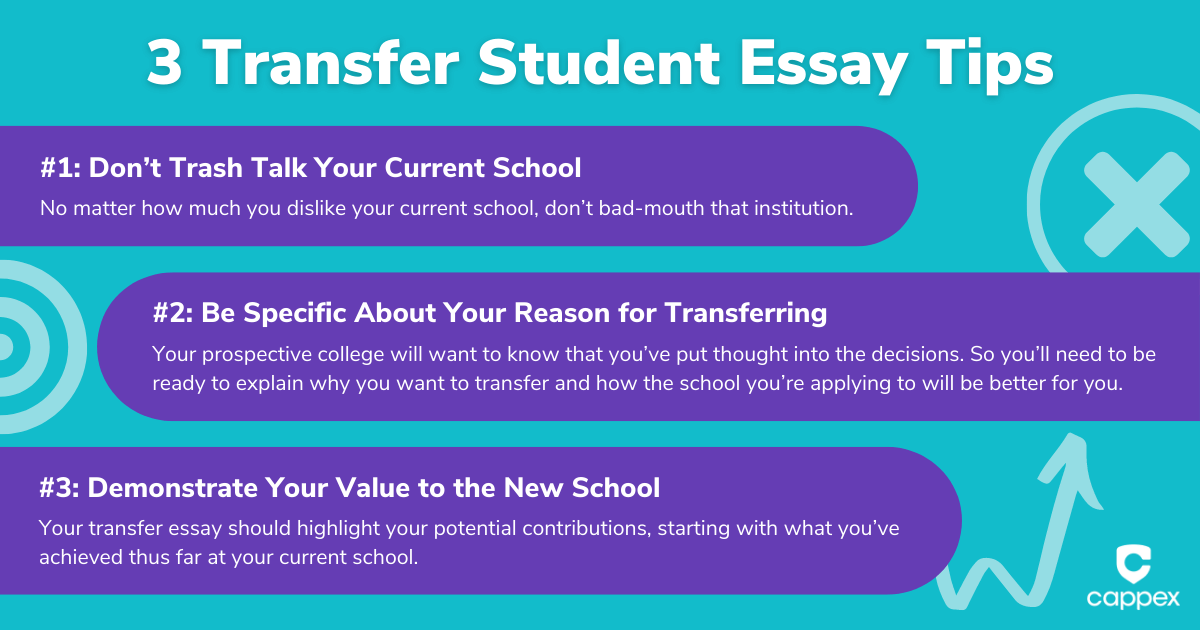Key Takeaways
Applying early for the Pell Grant can increase your chances of receiving maximum funding.
Ensuring accuracy on your FAFSA is crucial for a successful Pell Grant application.
Full-time students generally receive more Pell Grant funding than part-time ones.
Maintaining a good academic standing is necessary to continue receiving the Pell Grant.
Other forms of financial aid should be considered in addition to the Pell Grant to cover college costs.

“Who Gets Pell Grants and Why It Matters …” from www.americanprogress.org and used with no modifications.
Award-Winning Moves: Pell Grant Application Mastery
What are Pell Grants?
Imagine you’ve been given a key that could unlock the door to your college education without the heavy burden of debt. That’s what Pell Grants do. They are a type of financial aid given by the federal government to students who need it most. Unlike loans, you don’t have to pay them back, which is why they are like a treasure chest for your college funds. Each year, the amount you can receive changes, but for the 2022-2023 school year, the maximum award is $6,495.
Most importantly, the amount you get from a Pell Grant depends on your financial need, the cost of attendance at your school, and whether you’re a full-time or part-time student. It’s designed to support undergraduates who haven’t earned a college degree yet, and in some cases, students enrolled in post-baccalaureate teacher certification programs.
Tips for a Stellar Application
Now, let’s get into the nitty-gritty of how to ensure your application shines. First off, you’ll need to complete the Free Application for Federal Student Aid (FAFSA). This form is your golden ticket to not just Pell Grants, but other types of federal aid. The key to FAFSA is accuracy and timing. Fill it out correctly and submit it as early as possible – ideally right after it becomes available on October 1st.
Getting Started: Your Pell Grant Checklist
Gather Your Financial Records
Before diving into the FAFSA, gather all your financial documents. You’ll need your (and if you’re a dependent, your parents’) tax returns, W-2s, and other records of money earned. Also, keep bank statements and records of investments and untaxed income handy. This prep work will save you time and reduce the chances of errors when you’re filling out the form.
Understanding the FAFSA
The FAFSA might seem daunting, but think of it as a roadmap to your financial aid journey. It asks for information about your family’s financial situation to determine how much aid you can get. The form is detailed because it has to paint a complete picture of your financial need. Remember, the government wants to give aid to students who need it most, so accuracy is your best friend here.
When filling out the FAFSA, you’ll come across a question about the schools you’re interested in. List all the colleges you’re applying to, because each one will use your FAFSA to determine your financial aid package. After submission, keep an eye on your email and your FAFSA account for any follow-up questions or requests for additional information.
Know Your Enrollment Status Impact
Your enrollment status plays a significant role in the amount of Pell Grant money you can receive. Full-time students are eligible for the full award, while three-quarter time students get less, and half-time students even less. If you attend less than half-time, your Pell Grant award will be reduced accordingly. Therefore, if you can manage a full course load, it’s beneficial to do so for maximizing your Pell Grant award.
Application Dos and Don’ts
When it comes to applying for a Pell Grant, there are some clear dos and don’ts to keep in mind. Do use the IRS Data Retrieval Tool to import your tax information directly – this can help ensure accuracy and speed up the process. Don’t wait until the last minute to apply; the earlier you submit your FAFSA, the better your chances of getting the full amount you’re eligible for.
Do double-check your FAFSA for errors before submitting, as mistakes can delay your application. Don’t overlook additional documentation requests from the financial aid office – these are often time-sensitive and necessary to finalize your award.
And finally, do keep copies of all your financial aid documents, including your FAFSA, in case you need to reference them later or if there are any discrepancies. Don’t forget to reapply every year – your financial situation can change, and you need to ensure you’re getting all the aid you’re entitled to.
Correct FAFSA Filing Techniques
To ensure a smooth FAFSA filing, start by creating an FSA ID, which will allow you to sign your FAFSA electronically. Next, gather all required documents beforehand, including your Social Security number, federal income tax returns, and bank statements. When you’re ready to fill out the form, follow the instructions carefully, and use the provided help texts if you’re unsure about a question.
Common Mistakes to Avoid
Avoid common pitfalls like inputting incorrect Social Security numbers or forgetting to list at least one college. Also, ensure that you don’t mistakenly report parent financial information as your own if you’re a dependent student. Misreporting your tax information is another error to steer clear of; use the IRS Data Retrieval Tool to get this right.
Another common mistake is not using the correct website. Always use the official FAFSA site, which is fafsa.gov, and remember that completing the FAFSA is free – you should never pay to submit it.
After the Application: Keeping Your Grant
Once you’ve secured your Pell Grant, it’s not just about the money – it’s about keeping it. To maintain your Pell Grant, you must meet certain criteria each academic year, including making satisfactory academic progress, which typically means maintaining a minimum GPA and completing a certain percentage of the courses you attempt.
Continued Eligibility Requirements
Continued eligibility for the Pell Grant hinges on several factors. You must:
Complete the FAFSA annually.
Demonstrate financial need each year.
Maintain satisfactory academic progress.
Be enrolled in an undergraduate program that leads to a degree or certificate.
Example: Maria, a Pell Grant recipient, faced academic probation after a tough semester. Knowing her grant was at stake, she sought academic counseling, improved her study habits, and brought her GPA back up, ensuring her Pell Grant eligibility for the following year.
Besides maintaining a strong academic record, you should also stay below the maximum timeframe for receiving Pell Grant funds, which is equivalent to 12 full-time semesters.
Changes in your enrollment status, such as dropping from full-time to part-time, can also affect your eligibility. If you’re considering such changes, consult with your financial aid office to understand the implications for your Pell Grant.
Managing and Renewing Your Pell Grant
To manage and renew your Pell Grant, it’s essential to stay organized. Keep track of deadlines for your FAFSA renewal and any documents you need to submit. Always report any changes in your financial situation to your financial aid office, as this can affect your award amount.
The Full Picture: Leveraging Other Financial Aids
The Pell Grant is just one piece of the puzzle when it comes to financing your education. To cover the full cost of college, you’ll likely need to explore additional financial aids, such as scholarships, work-study programs, and loans.
When comparing these options, consider the long-term impact each will have on your finances. Scholarships and grants, like the Pell Grant, do not need to be repaid and should be your first choice. Work-study provides a paycheck that you can use for educational expenses, and loans must be repaid with interest.
Comparing Grants, Scholarships, and Loans
Let’s break it down:
Type of Aid | Need to Repay? | Based on Need? | Based on Merit? |
|---|---|---|---|
Pell Grants | No | Yes | No |
Scholarships | No | Varies | Often Yes |
Loans | Yes | Varies | No |
Remember, the goal is to minimize debt while maximizing aid that doesn’t require repayment. So, while Pell Grants are a fantastic starting point, continue your search for other financial aid options to fully fund your college education.
Finding Additional Scholarships
Don’t stop at Pell Grants; broaden your horizons by seeking additional scholarships. Many organizations offer scholarships based on various criteria such as academic achievements, community service, or specific talents. Use scholarship search engines, check with your school’s financial aid office, and look at community organizations to find these opportunities. Every extra dollar you earn in scholarships is a dollar less you’ll need to borrow or earn through work-study.
FAQs
You’ve got questions; let’s answer them. These are the common queries students have about Pell Grants:
Can you reapply for a Pell Grant every year?
Absolutely, and you should! Pell Grants aren’t a one-time deal. You must reapply each year by submitting a new FAFSA. Your financial situation can change, and so can the amount of aid you’re eligible for, so it’s important to stay on top of this annual task.
What happens if my financial situation changes after receiving a Pell Grant?
If your financial situation takes a turn — for better or worse — update your financial aid office. They can re-evaluate your situation and adjust your financial aid package if necessary. For example, if a parent loses a job, you may be eligible for more aid.
Is there a minimum GPA for Pell Grant eligibility?
Yes, there is. You need to maintain satisfactory academic progress, which usually means keeping a GPA of at least 2.0. But this can vary depending on your school’s standards, so check with your financial aid office to know exactly what you need to maintain.
Can Pell Grants be used for non-tuition expenses?
Yes, Pell Grants can cover more than just tuition. They can be used for other educational expenses like books, supplies, transportation, and even room and board. Think of it as a fund to help cover the overall cost of your college education.
What’s the difference between Pell Grants and other federal student aids?
Pell Grants are need-based grants that you don’t have to pay back, primarily for undergraduates. Other federal student aids can include work-study programs, where you work part-time while studying, and loans, which you need to repay with interest after graduation. The key difference is that grants and work-study are more like gifts or earnings, while loans are borrowed money.
In conclusion, mastering the Pell Grant application process is about being proactive, organized, and persistent. By applying early, staying informed, and seeking additional financial aid opportunities, you can take control of your college finances. Remember, the goal is to graduate with as little debt as possible, and with the right strategy, Pell Grants can be a significant part of making that happen.




